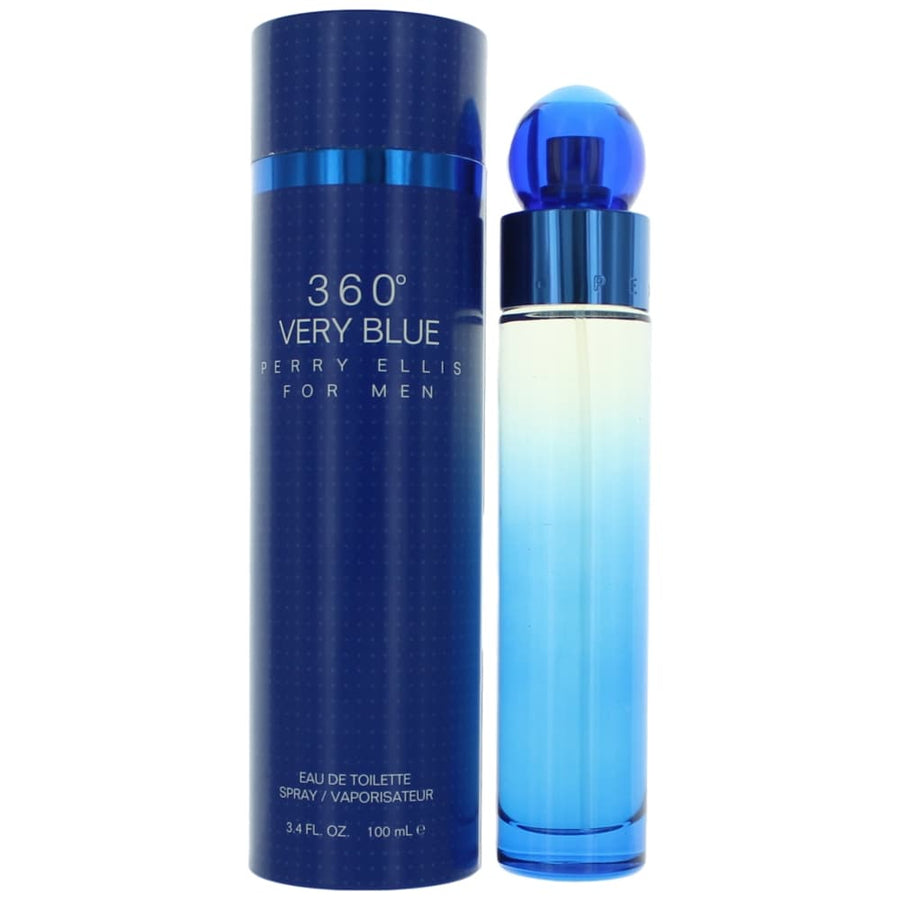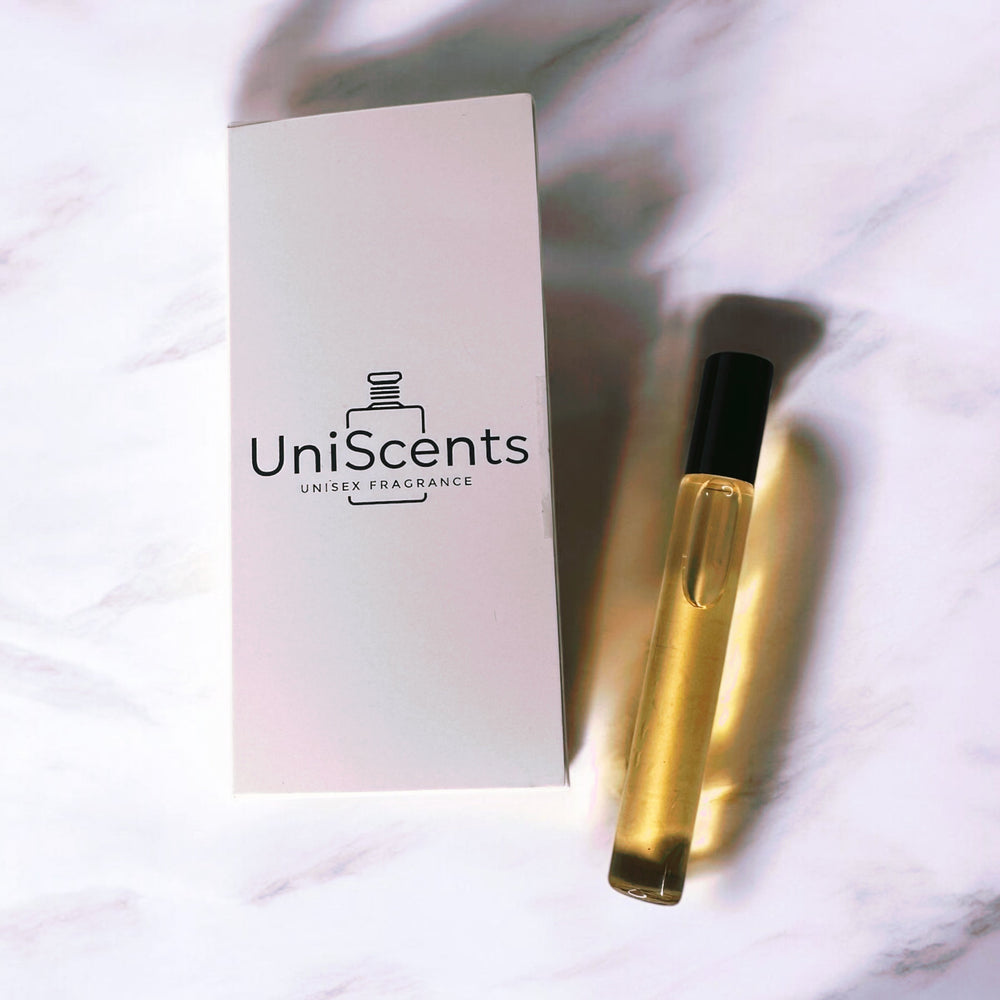How to Buy and Select the Perfect Fragrance or Perfume for Each Individual's Preference
Choosing the right fragrance is an art, as personal and as unique as one’s personality. With thousands of options available in the world of perfumes, selecting the perfect fragrance can sometimes feel overwhelming. Fragrances are more than just pleasant scents; they can evoke memories, set moods, and enhance personal style. Whether you're new to perfumes or looking to update your collection, understanding the basics of fragrance selection can help you make a decision that is both satisfying and lasting.
We will determine how to choose the perfect fragrance or perfume for each individual's preference. We’ll break down the types of scents, how to match them with personal preferences, and discuss some common issues people encounter when choosing a fragrance. We'll also highlight how to understand fragrance notes, the difference between various perfume concentrations, and how to test fragrances effectively to find your ideal match.
Understanding Fragrance Families and Notes
Before diving into how to choose the right fragrance, it's essential to understand the basic structure of perfume. Perfumes are made up of different layers of scents, known as fragrance notes. These notes develop over time as the perfume interacts with your skin and the air. There are three main categories of fragrance notes:
-
Top Notes:
- These are the initial scents that you smell when you first apply a fragrance. They are typically light and fresh, offering an immediate impression of the perfume. However, top notes tend to dissipate relatively quickly.
- Common top notes include citrus, fruits, herbs, and light florals. Think of zesty lemon, refreshing bergamot, or the subtle sweetness of lavender.
-
Middle (Heart) Notes:
- The heart notes form the core of the fragrance and emerge once the top notes have evaporated. These notes tend to last longer than the top notes and provide the body of the fragrance.
- Middle notes are often floral, spicy, or fruity. Roses, jasmine, and geranium are popular florals, while cinnamon, cardamom, and clove add spice.
-
Base Notes:
- Base notes are the foundation of a fragrance and are the scents that linger longest after the perfume is applied. These notes give depth and richness to the fragrance.
- Common base notes include woods (such as sandalwood and cedar), resins (like frankincense), and musks. Vanilla, amber, and patchouli are also popular base notes.
Fragrances are generally categorized into several broad "families" based on their scent profile. Understanding these families will help you find a fragrance that aligns with your preferences:
Fragrance Families
-
Floriental: A blend of floral and oriental (spicy, rich) notes. Perfect for individuals who enjoy romantic and warm fragrances with a hint of mystery. Example: Ylang-Ylang, Jasmine, Cinnamon, Amber.
-
Citrus: Bright, fresh, and uplifting, citrus fragrances are ideal for someone who enjoys clean and energetic scents. Example: Lemon, Orange, Bergamot, Grapefruit.
-
Fruity: Sweet, juicy, and refreshing, fruity fragrances are light and cheerful. They work well for those who prefer sweet, summery scents. Example: Apple, Peach, Pear, Berries.
-
Woody: Earthy, warm, and often unisex, woody fragrances are perfect for individuals who like deep, grounding scents. These perfumes usually feature rich notes of sandalwood, cedar, or patchouli. Example: Cedarwood, Vetiver, Sandalwood.
-
Gourmand: These fragrances are often sweet, edible, and warm, resembling the scent of food. Think vanilla, caramel, chocolate, and coffee. Ideal for those who love comforting, dessert-like smells.
-
Chypre: Characterized by citrus top notes, a floral heart, and earthy base notes, chypre fragrances are often sophisticated and complex. Examples include Bergamot, Rose, Oakmoss.
-
Oriental: Rich, exotic, and sensual, these perfumes are often associated with spices, amber, and exotic florals. They're perfect for people who want to add a sense of luxury to their scent. Example: Spices, Vanilla, Amber, Patchouli.
-
Aquatic: Clean and refreshing, aquatic fragrances are inspired by the ocean or the feeling of fresh water. They’re great for someone who enjoys fresh, breezy scents. Example: Sea Breeze, Watermelon, Cucumber.
How to Choose the Right Fragrance Based on Personal Preferences
Choosing a fragrance that suits an individual’s taste requires self-reflection and understanding what types of scents resonate with you. Here are a few ways to narrow down your choices:
-
Consider Your Personality and Lifestyle
- Bold and Energetic: If you're someone who exudes energy and enjoys being the center of attention, you may be drawn to fragrances with bright, lively top notes such as citrus or green scents. These fragrances tend to feel fresh and invigorating.
- Romantic and Mysterious: If you're a fan of deep emotions and love a touch of mystery, fragrances from the floral oriental or floral families may be a good choice. These often combine warm, spicy notes with soft floral elements, creating a complex and intriguing fragrance.
- Classical and Elegant: Those who prefer traditional, timeless appeal may enjoy fragrances in the woody or chypre families. They often contain deeper, richer notes such as sandalwood, oakmoss, and patchouli, giving them a sophisticated and polished feel.
- Adventurous and Free-Spirited: For individuals with an adventurous side, fresh, aquatic, or citrus-based fragrances can create a sense of being outdoors, like walking along the beach or hiking through a forest. These perfumes feel clean and light, evoking a sense of freedom and exploration.
-
Think About the Season
- Warm Weather: During the warmer months, opt for lighter, fresher scents like citrus, green, or floral notes. These fragrances are less overpowering and evoke the feeling of sunshine and fresh air.
- Cold Weather: In colder months, heavier fragrances with warm, spicy, or woody base notes work best. These perfumes often contain ingredients like amber, vanilla, or musk, which create a cozy and comforting scent.
- Year-Round: Some fragrances, especially fresh florals or light woods, are versatile enough to work throughout the year. These are great options for those who prefer to stick with a signature scent.
-
Test the Fragrance
- Try It on Your Skin: Perfumes smell different on the skin than they do on a strip of paper, so it’s essential to test fragrances directly on your skin. Apply a small amount to the pulse points on your wrist and let it settle for a few minutes before deciding if it’s the right choice.
- Let It Develop: A fragrance evolves over time. The top notes are the first to fade, followed by the middle and base notes. This process, known as "drydown," reveals the true character of the perfume. Don’t make a final decision based on an initial spray—give the perfume some time to develop on your skin.
- Test Multiple Scents: When trying perfumes in-store, avoid testing too many fragrances at once. Your sense of smell can become overwhelmed, making it harder to discern the differences between perfumes. Stick to testing two or three at a time and take breaks in between to clear your nose.
-
Understand the Different Perfume Concentrations
- Eau de Toilette (EDT): These perfumes have a lower concentration of fragrance oils (usually 5-15%) and are lighter, making them ideal for everyday wear.
- Eau de Parfum (EDP): With a higher concentration of fragrance oils (15-20%), EDPs last longer and are more intense than EDTs, making them suitable for evening wear or special occasions.
- Parfum (Extrait de Parfum): The most concentrated and long-lasting form, perfumes in this category contain 20-30% fragrance oils. These are typically reserved for special occasions or individuals who want a truly distinctive scent.
Common Issues People Encounter and How to Solve Them
-
Fragrance Doesn’t Last Long
- If your fragrance fades quickly, it might be due to the type of perfume you're wearing. Choose a fragrance with a higher concentration, such as Eau de Parfum or Parfum, for longer-lasting wear. Additionally, applying fragrance to well-moisturized skin can help the scent last longer.
-
Overwhelming Scents
- Some individuals find certain perfumes too overpowering. If you tend to be sensitive to strong smells, choose lighter scents, such as citrus or floral notes, which tend to be fresher and less intense. Look for "light" versions of perfumes, as these are typically more subtle.
-
Not Knowing What Scent to Choose
- If you're uncertain which fragrance to try, consider visiting a fragrance consultant or testing a fragrance discovery set. These sets often include smaller samples of a variety of perfumes, allowing you to explore different scents and find one that resonates with you.
-
Allergic Reactions
- Some individuals have sensitivities to certain fragrance ingredients. If you experience irritation, choose perfumes labeled as hypoallergenic or made with natural ingredients. Always patch-test new fragrances before wearing them for an extended period.
In Conclusion.
Selecting the perfect fragrance is a highly personal process, as it reflects your individual preferences, style, and personality. By understanding fragrance families, considering your lifestyle, and testing different scents on your skin, you can find a fragrance that resonates with you and enhances your presence. Take the time to explore, experiment, and trust your instincts in the search for your signature scent. The right fragrance not only complements your personal style but also becomes a powerful tool in creating memorable impressions.


















































Leave a comment